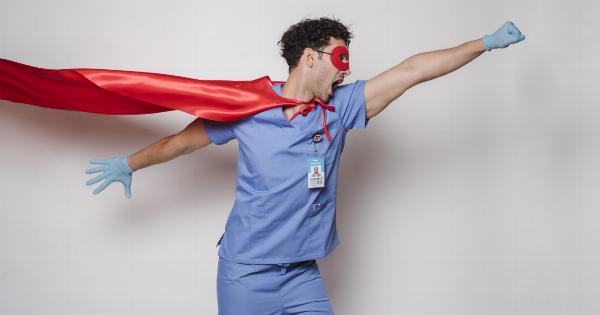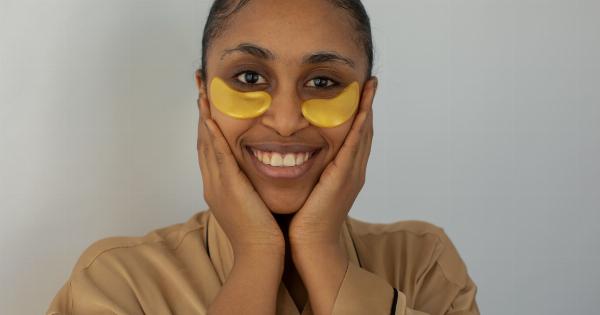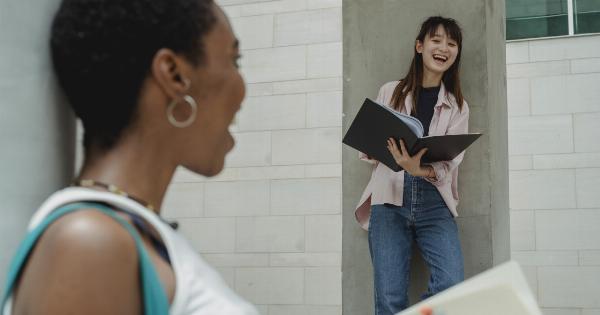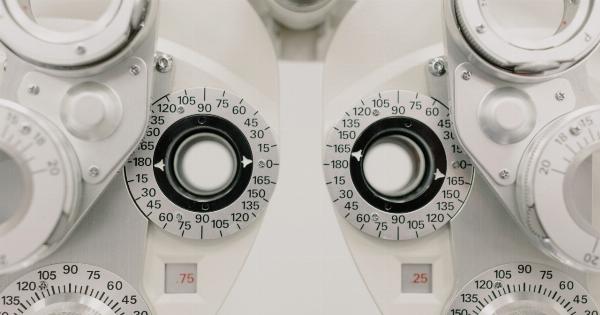Visual problems in children can manifest in various ways depending on their age, and it is crucial for parents to be aware of these differences in order to detect and address any issues as early as possible.
In this article, we will discuss common visual problems seen in children of different ages and how parents can identify and address them.
Infants
Infants may not be able to communicate their visual problems verbally, but parents can still observe their behavior and physical responses to determine if there may be an issue. Signs of visual problems in infants can include:.
- Frequent eye rubbing or blinking
- Excessive tearing
- Inability to make steady eye contact
- Sensitivity to light
- Abnormal alignment or movement of the eyes
- Poor tracking ability (difficulty following objects with their eyes)
If parents notice any of these signs, they should consult with a pediatric ophthalmologist who can perform a comprehensive eye exam to identify any problems.
Toddlers and Preschoolers
As children get older, they become more communicative, and it becomes easier to identify visual problems through conversations with them.
However, toddlers and preschoolers may not have the vocabulary or ability to explain their issues, so parents should continue to pay attention to their behavior and physical cues. Signs of visual problems in this age group can include:.
- Squinting or tilting the head to see better
- Closing one eye to see better
- Inability to recognize or name colors
- Difficulty with hand-eye coordination (e.g., difficulty catching a ball)
- Complaints of headaches or eye strain
- Avoidance of activities that require visual concentration (e.g., reading or drawing)
If parents notice any of these signs, they should consult with a pediatric ophthalmologist or optometrist who can perform a comprehensive eye exam and recommend appropriate treatment options.
School-Age Children
By the time children reach school age, they should have a basic understanding of their vision and be able to communicate any concerns they may have. However, parents should still be observant and proactive in identifying any visual problems.
Signs of visual problems in school-age children can include:.
- Blurred or double vision
- Frequent squinting or closing one eye to see better
- Difficulty reading or doing close work
- Losing place while reading or skipping lines
- Headaches or eye strain during or after reading or other visual tasks
- Difficulty seeing the board or screen in class
It is important for parents to consult with a pediatric ophthalmologist or optometrist if they notice any of these signs. In some cases, children may need corrective lenses or vision therapy to address their visual problems.
Teenagers
Teenagers may become more self-aware of their visual problems and be able to communicate their concerns more effectively. Signs of visual problems in teenagers can include:.
- Blurred or double vision
- Difficulty seeing while driving
- Headaches or eye strain during or after reading or other visual tasks
- Difficulty seeing the board or screen in class
- Eye fatigue while using digital devices or screens
Teenagers should have regular eye exams with a pediatric ophthalmologist or optometrist to monitor and address any visual problems. They may need corrective lenses, vision therapy, or other treatments depending on their specific needs.
Conclusion
Visual problems in children can manifest in various ways depending on their age, and it is important for parents to be vigilant in detecting and addressing any issues.
By observing their behavior and physical cues and consulting with a pediatric ophthalmologist or optometrist, parents can help ensure that their children receive appropriate treatment for their visual problems.






























